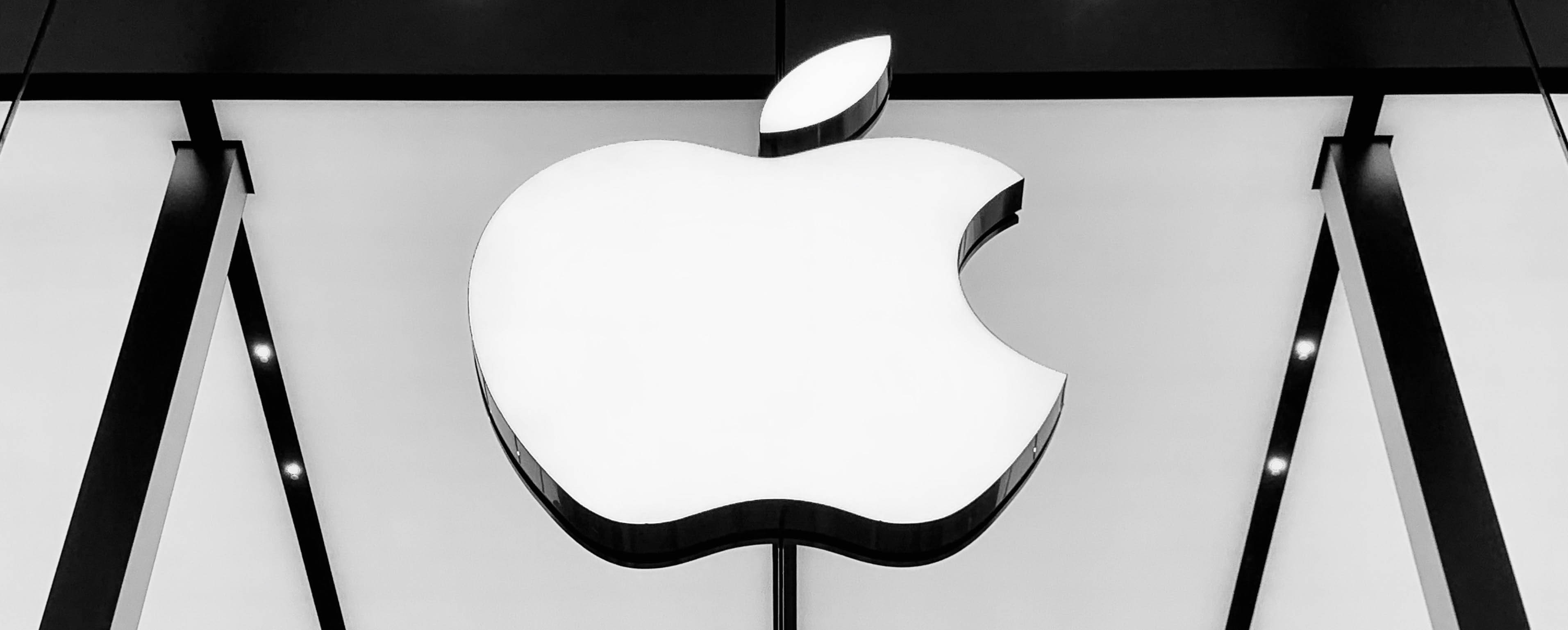As the technology landscape continues to evolve, industry giants like Apple Inc. must constantly innovate and adapt. Amid declining sales in the US smartphone market and challenges in the Mac business, the company’s hopes are pinned on the imminent launch of iPhone 15 and the development of M3 Macs. A closer look at these crucial aspects reveals Apple’s strategy and future prospects.

Upcoming iPhone 15 Amid a Declining US Smartphone Market
As Apple. gears up to unveil its iPhone 15, it is contending with a sluggish US smartphone market. The past few quarters have witnessed slowing iPhone sales, and despite the new iPhone packing an array of impressive features, the consumer response remains uncertain.
The iPhone 15 Pro model promises significant upgrades, such as thinner display borders, a lighter titanium frame, major camera enhancements, a USB-C charging port, and a faster processor. However, market trends indicate that these enticing features might not be enough to boost sales. The challenge for Apple lies in persuading consumers to invest in their new product amidst a broader market slowdown.
Notably, Apple plans to launch the iPhone 15 around September 22, following an event either on September 12 or September 13. This strategic launch timing would allow for approximately a week of iPhone 15 sales to contribute to its fiscal fourth quarter. However, the crucial period for Apple will be the holiday quarter, stretching from October through December. After production issues that affected the iPhone 14 Pro and Pro Max last year, Apple is optimistic for a healthier year-over-year growth for iPhone 15, provided no similar production hiccups occur.
M3 Mac Advances: Potential Boost for Struggling Mac Business
Parallel to the challenges in the smartphone segment, Apple is pressing ahead with testing its M3 chip Macs. The company’s Mac business, which has seen a struggle recently, could receive a much-needed lift from these next-generation machines.
The M3 Mac under testing sports eight CPU cores (four efficiency cores and four performance cores), 10 graphics processor cores, and 24 gigabytes of memory. It is speculated that this machine, running on macOS Sonoma 14.1, the first point update to the new Mac software, could be a next-generation Mac mini.
Apple has several M3 Macs under development, including 13-inch and 15-inch MacBook Air, 13-inch MacBook Pro, an iMac, 14-inch and 16-inch MacBook Pros (M3 Pro and M3 Max), and potentially a Mac mini. While the entry-level M3 cores bear similarity to the M2 in terms of eight CPU and 10 graphics cores, the M3 Pro shows more power with 12 CPU cores and 18 graphics cores. A high-end M3 Max could potentially reach 14 CPU cores and over 40 graphics cores, further diversifying the range.
However, these new machines’ impact on Apple’s earnings may not be immediate. With the company anticipating a double-digit percentage decline in Mac revenue in the fourth quarter, and no new Macs launching until the end first quarter of fiscal 2024, existing Macs will have to drive sales in the interim.
Conclusion
Apple’s impending iPhone 15 launch and the development of M3 Macs represent key milestones for the company in the face of current challenges. Success in these ventures could reshape the tech giant’s future trajectory. However, the path forward is fraught with uncertainties, and the market’s response to these new initiatives will be a crucial determinant of Apple’s success. As always, Apple’s strategic decisions and product innovations will be closely watched by competitors, industry analysts, and consumers alike.